Zierschrot: Folk Art Hidden in Log Ends
In the alpine heartlands of Bavaria and Austria, traditional log buildings are more than just functional shelters—they’re cultural artifacts. One of their most charming features is often overlooked: the ends of the logs. Here, skilled craftsmen carved figures, symbols, and patterns into the wood in a tradition known as Zierschrot.

What is Zierschrot?
The term Zierschrot loosely translates from German as “decorative shot.” In architecture, it refers to the deliberate carving or shaping of exposed log ends in timber buildings. These log ends are not purely decorative—they are part of the structural walls. But rather than leave them plain, builders transformed them into works of art.
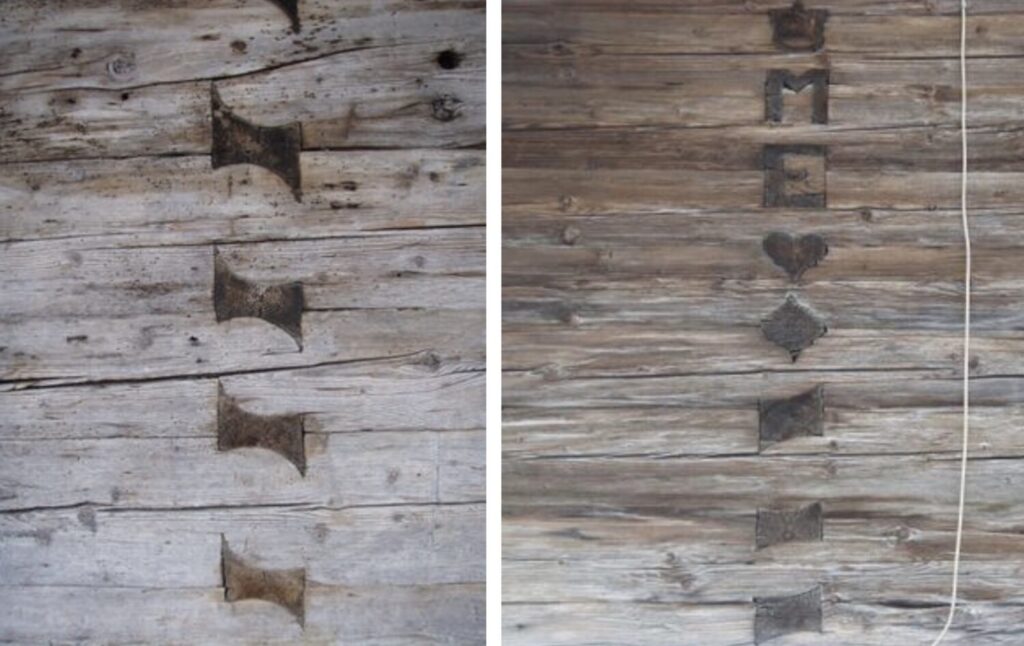
A related term, Figurenschrot, refers to decorated log ends that form recognizable figures, such as animals or people.
Where is it Found?
Zierschrot is found primarily in Bavaria and Austrian alpine regions, where traditional timber building has deep roots. You can see these decorated log ends on both exterior walls and interior partitions in historic farmhouses and chalets.
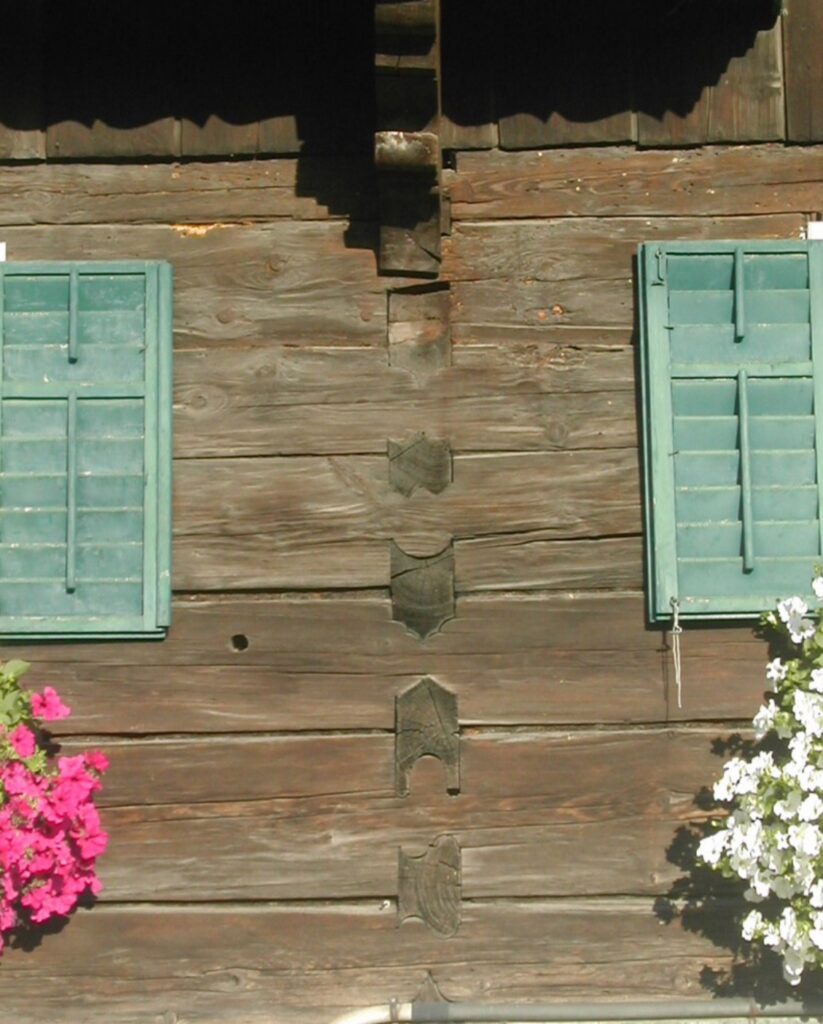
Traditional Motifs & Techniques
Each craftsman brought their own creativity to the task. Some log ends are carved into repeating geometric shapes, while others depict more elaborate scenes.
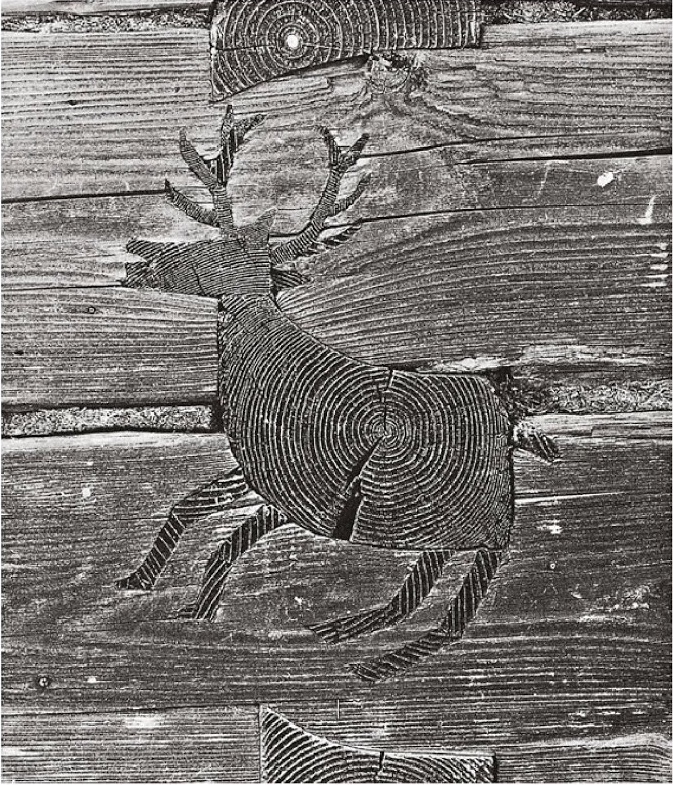
A famous example shows a stag, where the log end serves as the body and other pieces form the legs, head, and antlers. Other common designs include:
- Cats and birds
- Churches or towers
- Sunbursts and spirals
- Faces and whimsical figures
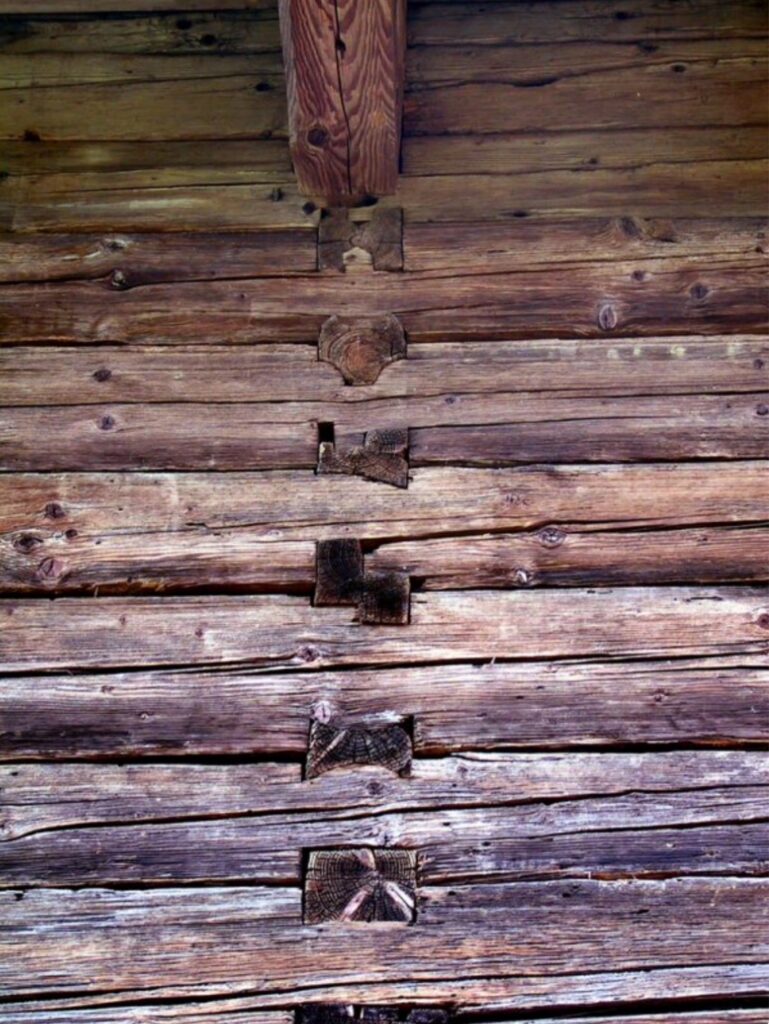
There was no universal template—Zierschrot was as much about personal expression as decoration. Builders often signed their work with a distinctive figure or motif.
Why Decorate Log Ends?
In a time when materials were precious and communities were tight-knit, it made sense to invest effort in even the smallest details. These carvings reflected pride, skill, and identity. They may have also served as markers of craftsmanship or local style.
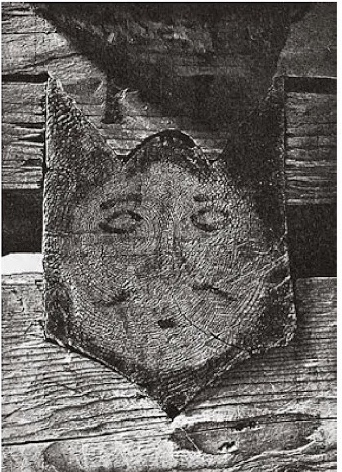

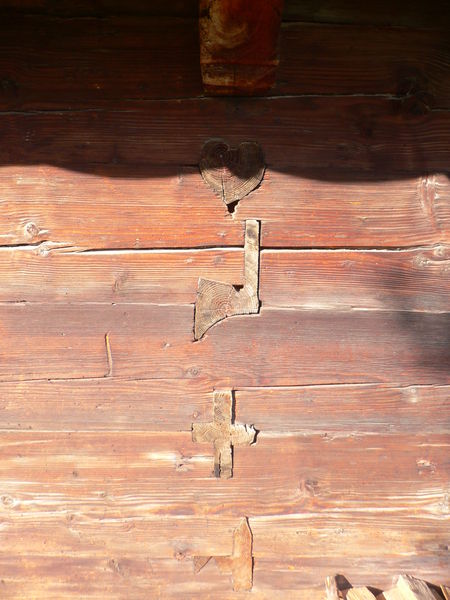
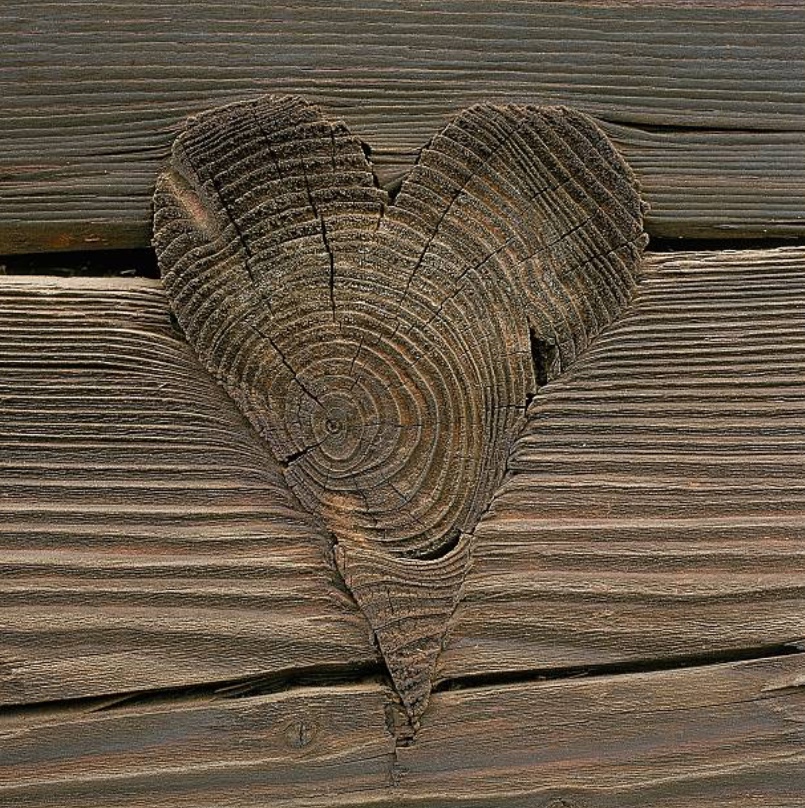
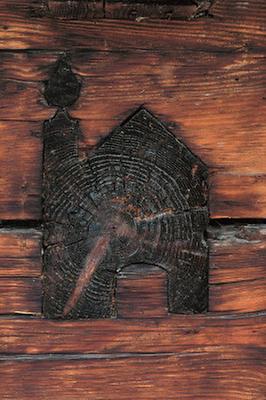
Above all, Zierschrot shows how even utilitarian elements can become canvases for folk art.
Zierschrot Today
Though the tradition peaked in earlier centuries, it hasn’t vanished. In parts of Austria and southern Germany, builders still create Zierschrot carvings in new homes, keeping the legacy alive. Some homeowners also preserve or restore these decorations on historic buildings.
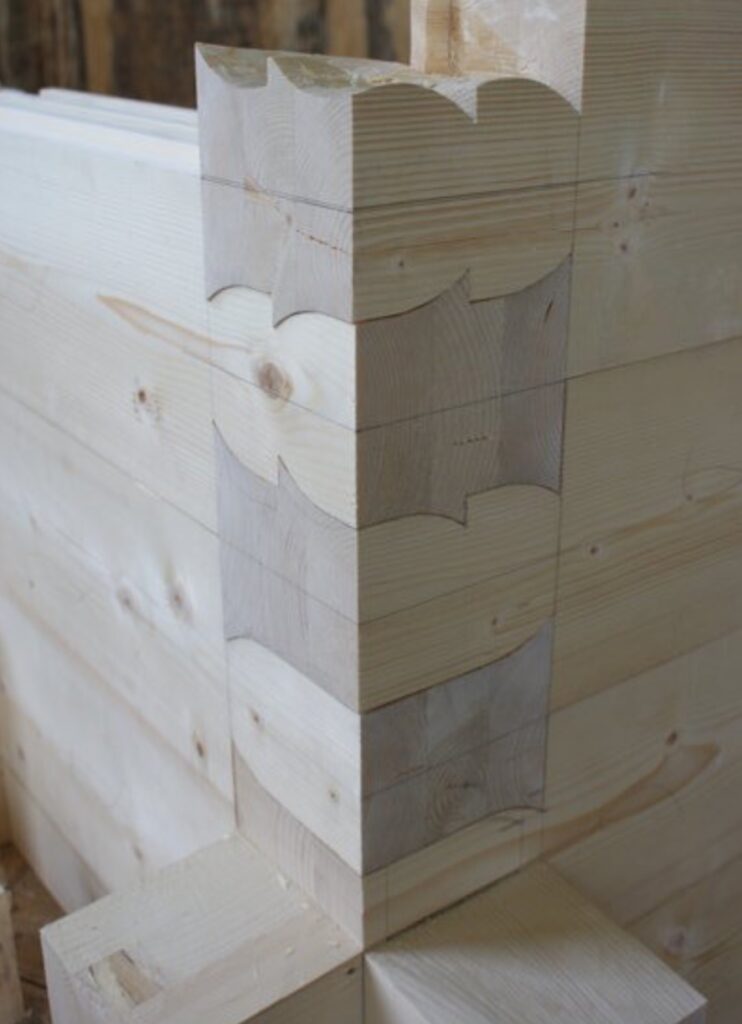

Zierschrot remains a quiet but powerful reminder that beauty can live in the margins—in a beam, a corner, or a carved log end.
Want to see Zierschrot in person? Visit rural Bavaria or Tyrol, and don’t forget to look up at the log ends—you might just see a story carved in wood.

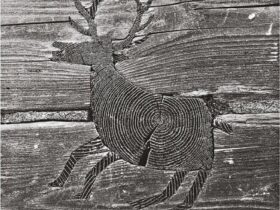








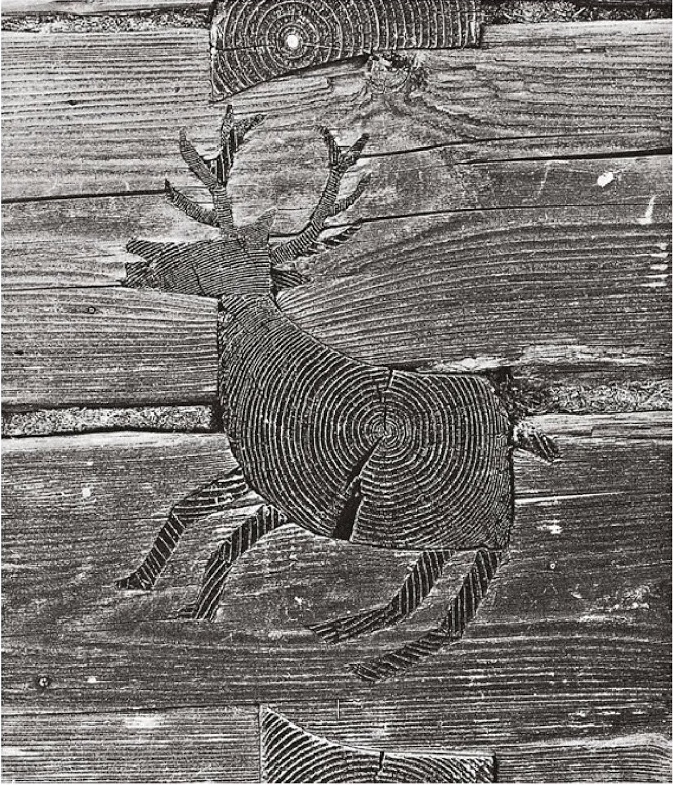
Hi, this is a comment.
To get started with moderating, editing, and deleting comments, please visit the Comments screen in the dashboard.
Commenter avatars come from Gravatar.